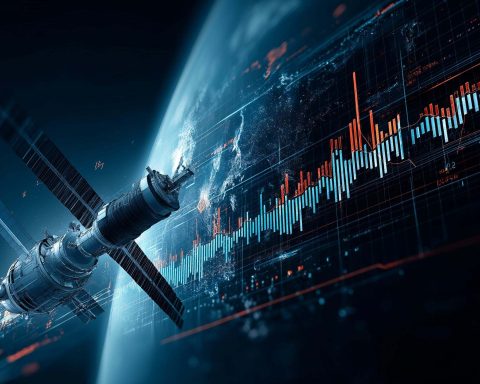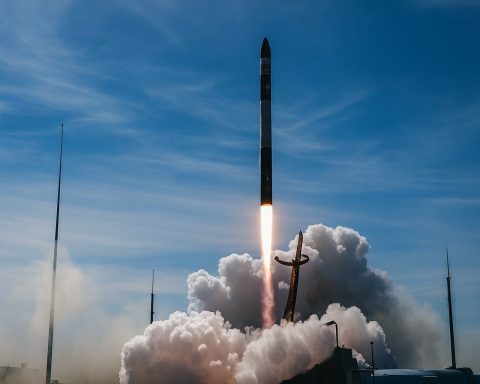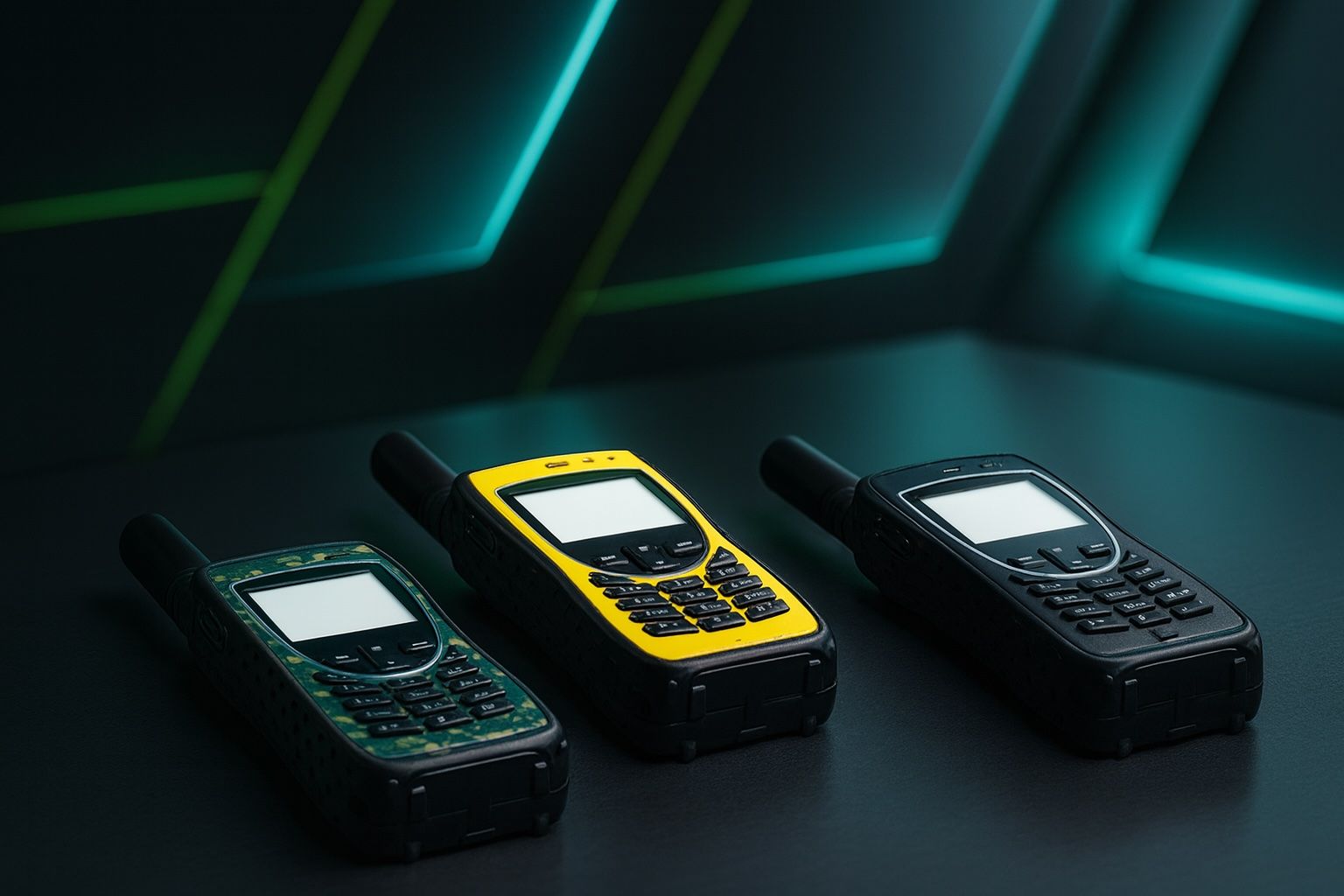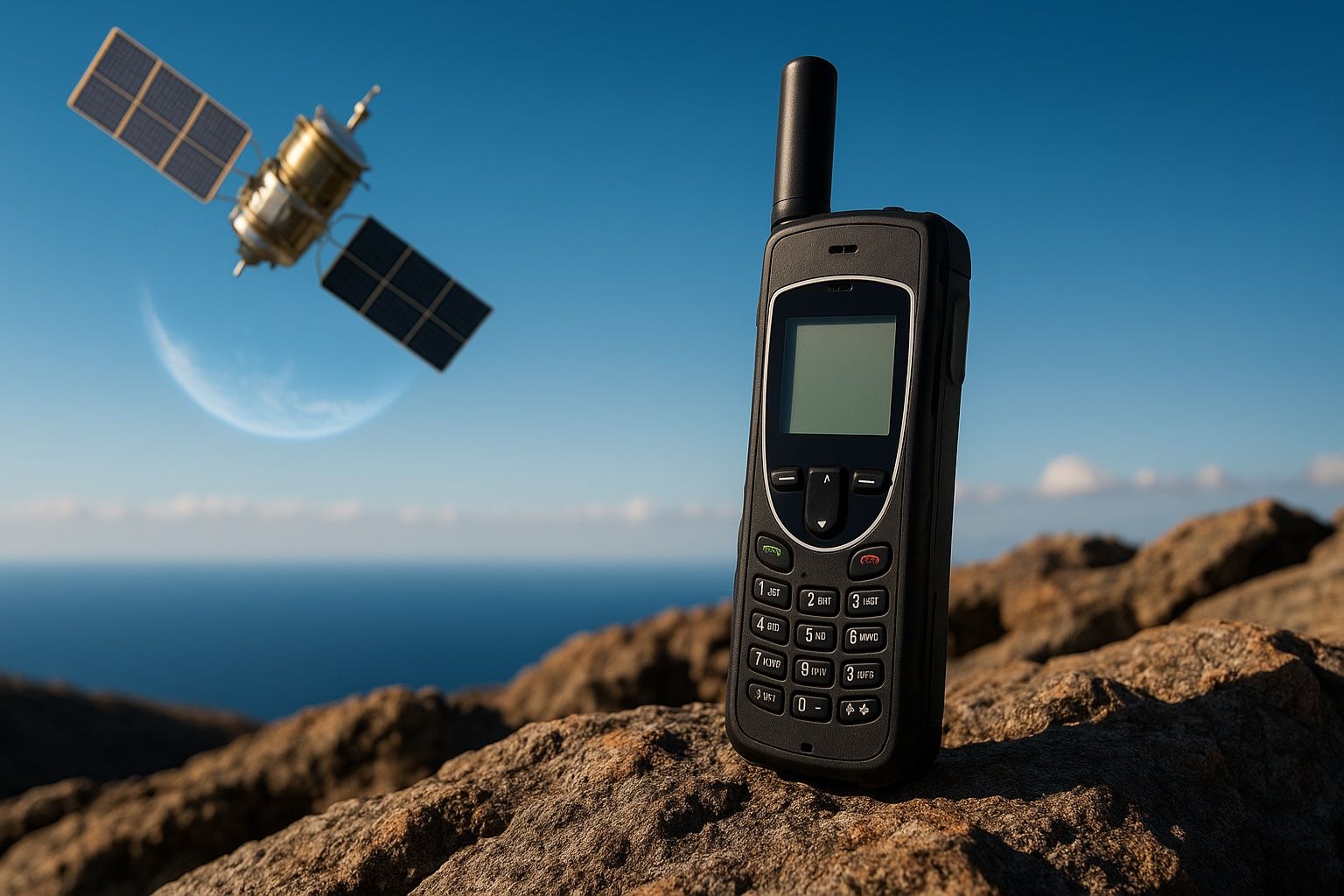
Space Technology Stocks Today (Dec. 17, 2025): Rocket Lab’s Rapid Space Force Launch, BlackSky’s Gen‑3 Milestone, and Spire Earnings Jolt a Volatile Sector
NEW YORK — As of 6:00 p.m. ET on Wednesday, December 17, 2025, U.S.-listed space technology stocks finished a bruising session largely in the red, pressured by a broader tech-led pullback that hit higher‑beta growth names. The S&P 500 fell 1.2% to 6,721.43 and the Nasdaq










